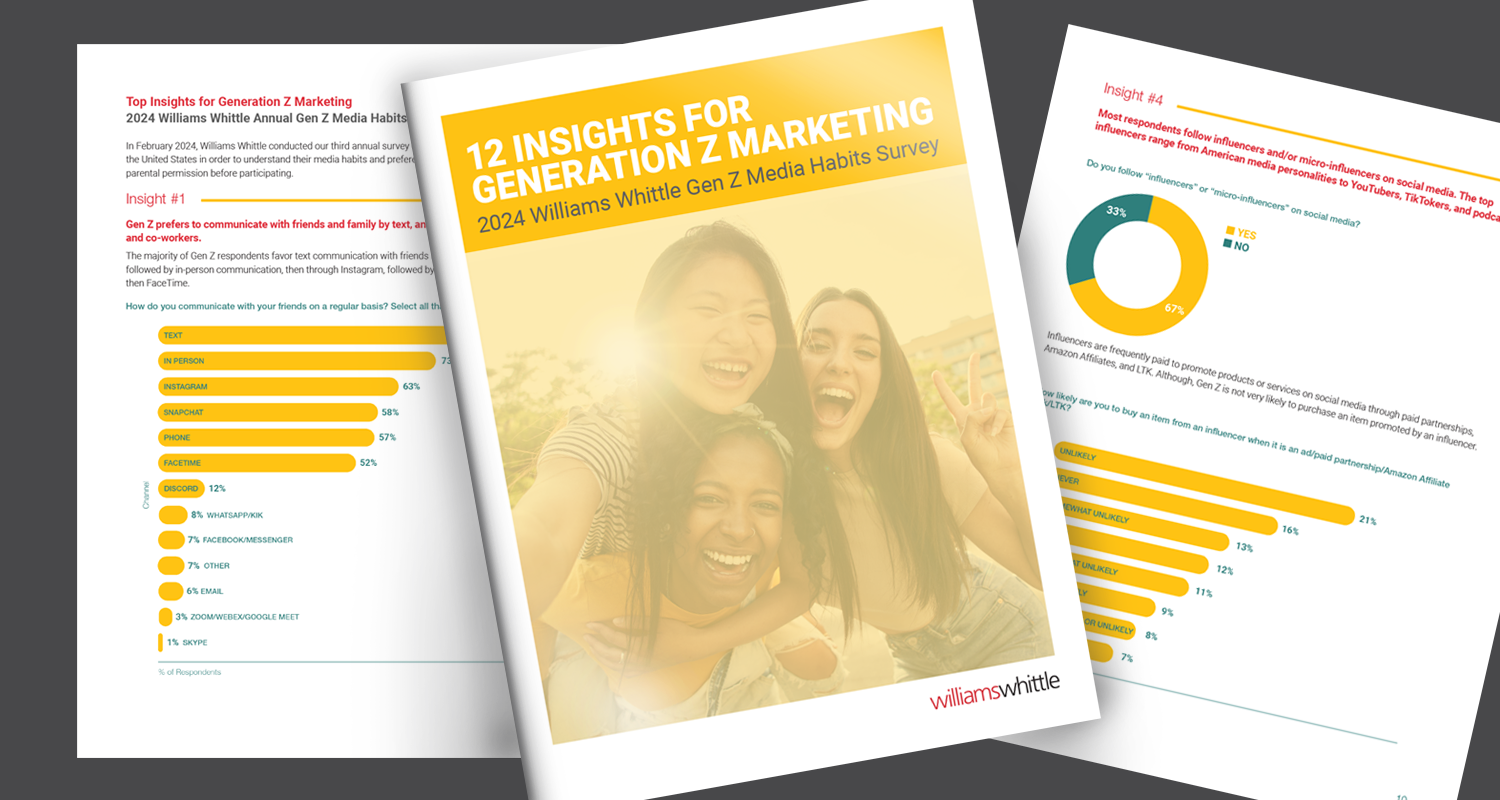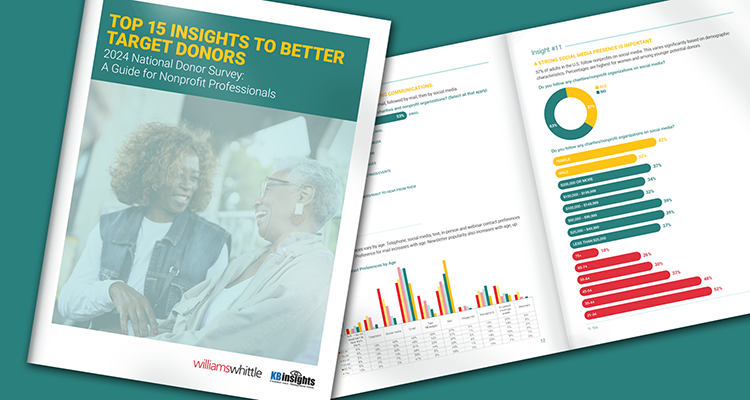I subscribe to a lot of retail emails. Most people find them annoying, but when I’m impulsively online shopping, I want to have the latest coupon code waiting in my inbox. And when done right, some retailers actually know when I want to buy something (thanks Amazon!) Welcome to the world of email automation. From a marketer’s perspective, “email automation” sounds like gold. To a consumer, it feels a little impersonal. But, the reality is that it’s a way to make emails more personal.
For the last three years of our 48-year history as a marketing and communications agency, our focus has been on marketing the causes of nonprofits and associations almost exclusively. (For those other 45 years, we thought of ourselves as a generalist agency that had some nonprofit clients—maybe not so much of a change besides philosophically.) We believe we have an edge over our competition because we bring the tactics and strategies of marketing commercial products and services to nonprofits. And email automation is no exception.
Recently, while plotting out an automation program for one of our commercial clients, it got me thinking about how to apply the same principles to a nonprofit automation program. The major difference is that our commercial client has a product to sell and my nonprofit clients have something intangible, but hear me out.
Many of our nonprofit clients have small operations – fewer than 10 people. Time is precious for them, so typically all they can handle is sending out a monthly newsletter. But, it’s just not enough to really engage people. Let me walk you through how I came to that conclusion. Starting at Thanksgiving and through New Year’s Eve, I received 13 emails from the Red Cross. I received 4 emails during that time from a much smaller nonprofit with a staff of 7 and only 2 from a nonprofit with a staff of 5. According to this latest benchmarks study of 53 nonprofits, the average number of fundraising messages sent in December 2013 was about 7. And after all of the donation data came in, they found that supporters did not respond at a higher rate to fundraising messages in December than any other time of year! You’re scratching your head, saying “that just can’t be.” But, I think it makes perfect sense. Nonprofits would be foolish to not try to capitalize on December giving and end-of-year tax benefits, but if you haven’t engaged your supporters throughout the rest of the year, what makes you think December will finally prompt them to do so?
So, let’s rewind to the very beginning. Think of a new email subscriber as a small, delicate seed placed in the palm of your hand. Surely, you wouldn’t just toss that seed into a bucket with other seeds, throw some dirt on it, occasionally water it and expect them to grow into an exquisite flower bed? No! It needs individual attention, just like your new email subscriber. But, the truth is, whether your staff has 500 or 5, you just don’t have the time to deal with it individually and personally. Hello email automation. Now it sounds more like gold, right?
The way I like to approach setting up an email automation program is to draw a map. Something like this, which I generalized from a real client project. This is based on a sales cycle, but I think starting with a 30 day cycle for a nonprofit is a good place to start.

I know what you’re thinking. “But, I don’t know how to engage people with our nonprofit without providing them just news and asking for money.” Stop right there. That is simply not true! Here are some ways (just a starter list) you could engage your email list:
- Share your latest news
- Ask to sign a petition
- Download our app (if you have one)
- Play our game (if you have one)
- Participate in a poll or quiz
- Create a virtual postcard
- Share breaking news or a summary of headlines
- Share on their social networks
- Comment on a video
- Share helpful links
- Offer downloads like worksheets, reference guides, helpful tips
- Create a contest (the sky is the limit here)
- Ask their friends to participate in a social media campaign #helpus
- Invite them to a townhall conference call to listen in on the “state of your nonprofit”
- Host a tweet up or a Google+ hangout
- Storytell – directly from someone who has benefitted from your services
- Send photos with a caption – a picture is worth 1,000 words
- Give them a task related to your mission, for example (for a nature-based nonprofit) “Visit your local park today for 10 minutes. Sit on a bench and close your eyes. What do you hear? We’ll let you know what we hear tomorrow”
And when you are ready to start asking for money, we always suggest starting with a donation amount that someone carries in their wallet- a $5, $10 or $20 bill. And then explain it in terms of service delivery: “Just $20 can send an inner-city child to a park for the first time.”
Go through this process for every type of trigger. Or you could build these per quarter, with December being more urgent in its message. The bottom line is that with a plan in place, you’ll finally start giving those “seeds” the attention they deserve.


